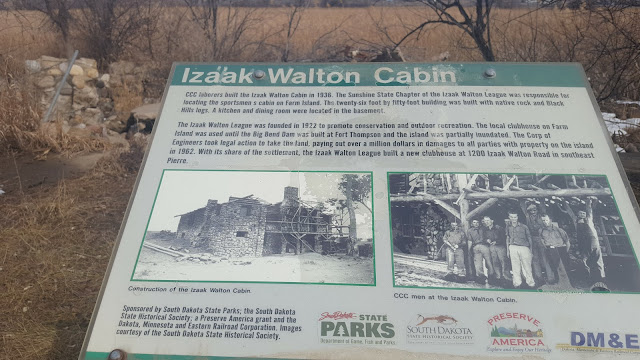Jolly Good Fellow

Fellows and National Geographic staff toast This past weekend I returned to National Geographic to help mentor the next cohort of Grosvenor Teacher Fellows. A bittersweet experience, to be sure, since it marks the end of being part of the current cohort and the beginning of being a part of a previous cohort. But once a Fellow, always a Fellow. National Geographic is practically synonymous with exploration and in many ways is the impetus for this blog. Because of this blog and a couple of other explorer-y projects I am working on, I can honestly say that the close of this year does not feel like the end, but rather the timely transition to the next thing. I'm not being coy or mysterious when I say I don't know fully what the next thing will be but I suspect it will involve the following: Build the field of exploration education. Inspire and equip educators to first see themselves as explorers and then teach exploration. Spend time in the outdoors not just to recr





